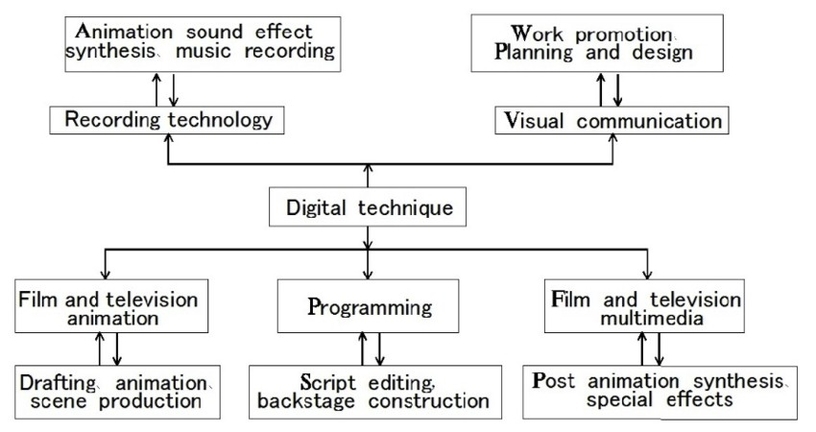
Enterprise Architecture 37 is a document that defines the standard for enterprise incident management process in the Ontario Public Service (OPS). It is one of the Government of Ontario Information and Technology Standards (GO-ITS) that are adopted by the Treasury Board Secretariat for coordinating standardization of Information & Information Technology (I&IT) in the Government of Ontario.
Enterprise incident management is the process of managing the lifecycle of all incidents that disrupt or degrade the quality of I&IT services. An incident is defined as an unplanned interruption or reduction in quality of an I&IT service. The purpose of enterprise incident management is to restore normal service operation as quickly as possible and minimize the adverse impact on business operations.
Enterprise Architecture 37 establishes the enterprise incident management principles, roles and the associated process model for a single unified process within the OPS. It also provides guidance on how to implement and operate the process using the Enterprise Service Management Tool (eSMT), which is the standard tool for managing incidents across the OPS.
The document is divided into eight sections:
– Section 1: Foreword – provides the document history and approval information.
– Section 2: Introduction – provides the background, scope, objectives, benefits, and impacts of the standard.
– Section 3: Enterprise Incident Management Process Overview – describes the high-level process flow, inputs, outputs, and key performance indicators of the process.
– Section 4: Enterprise Incident Management Roles and Responsibilities – defines the roles and responsibilities of the stakeholders involved in the process, such as Incident Analyst, Incident Coordinator, Incident Manager, Service Owner, etc.
– Section 5: Enterprise Incident Management Process Model – describes the detailed steps and activities of the process, such as incident identification, logging, categorization, prioritization, escalation, resolution, closure, etc.
– Section 6: Enterprise Incident Management Process Implementation – provides the implementation guidelines and considerations for the process,
